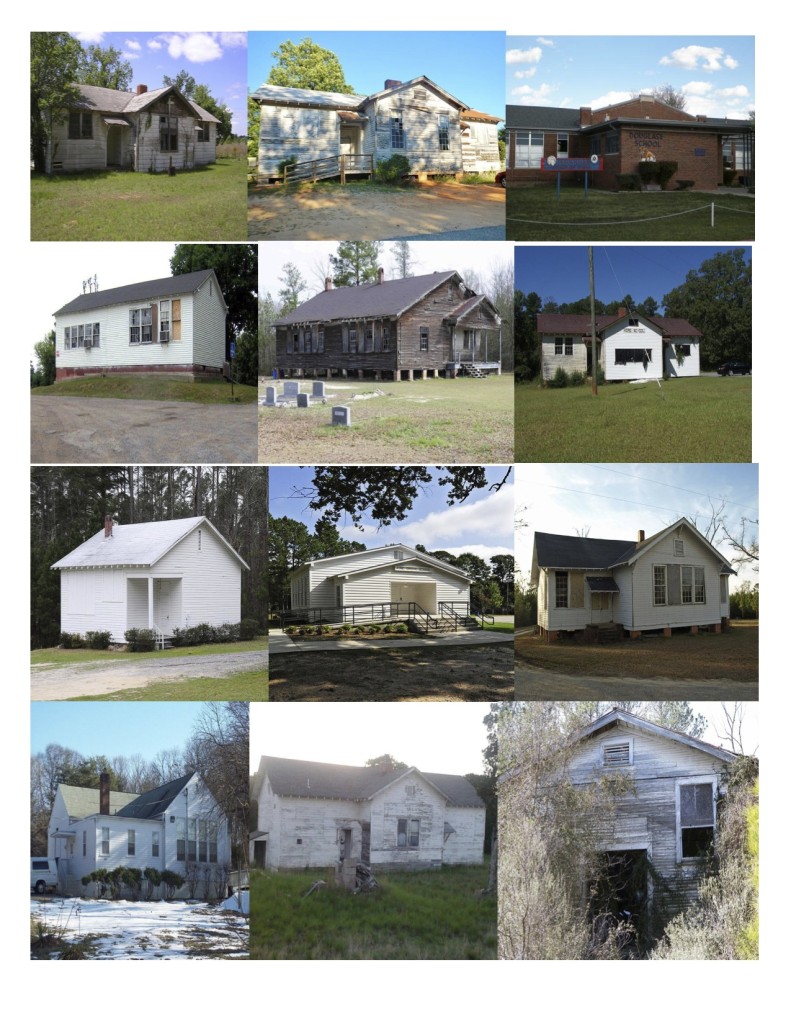 Rosenwald Schools Summary and Collage Description
Rosenwald Schools Summary and Collage Description
During the early progressive era Booker T. Washington and other influential blacks persuaded Julius Rosenwald, a former owner and president of the famous sears department store, to help better the conditions of African American Schools and education .In 1917 the Rosenwald fund was established by Julius Rosenwald and his family. It donated just around seventy million dollars to black institutions museums, colleges, public schools and charities. Rural school building programs were some of the most beneficial sectors of the Rosenwald fund. More than four million dollars were contributed to the construction of schools in the south by the Rosenwald fund. These schools were known as the Rosenwald Schools. Over five thousand schools, shops, and teachers’ housing buildings were built by the Rosenwald fund in the early 20th century mainly for African-Americans. Rosenwald donated money to help out construction and maintenance of these schools. He also required the communities in which these schools belonged to contribute public funds to the schools. This fund allowed the building of 217 teachers’ houses, 163 shop buildings, and 4,977 schools in 15 states and 883 counties. In South Carolina around 500 buildings were constructed for use in rural counties throughout the state. The Rosenwald Schools played a critical role in providing education to African-American children in South Carolina. Today, South Carolina has allowed many Rosenwald Schools to become abandoned, run down, and on the verge of being destroyed. Out of the 500 schools that existed in South Carolina only 30-35 Rosanwald Schools are still standing in reasonable condition. Many were replaced by better school.
I have constructed a collage mixed with some refurbished and old Rosenwald schools that are still standing. All of the schools are in the South Eastern region of the United States. Most of them are in South Carolina, but three of them are in Alabama, North Carolina and Georgia. You can observe how small and inferior these schools were in comparison to ones attended by whites. They would house 6-7 different classes with only one to three small rooms. Imaging how it might have been to attend one of these schools as a child? Although the buildings were inferior to those attended by whites, African-American children and their families must have been enthused just to have the opportunity to receive education a decent education. Although there are few people still alive today, if you ever come across anyone who might have attended one of these schools take the time to sit down and talk to them about what is was like to attend one of these schools. It was a very different atmosphere in the early 20th century as you will be sure to learn a lot. Also take the time to look at how some of the buildings have been refurbished and kept in good condition. Some of these buildings have been turned into community centers, social service agencies, and reintroduced into school districts as buildings in the school system.
A Visit to the Penn Center
"Sociology 369/African-Am Studies 300: African American Comm" Spring 2013 Professor Strmic-Pawl
